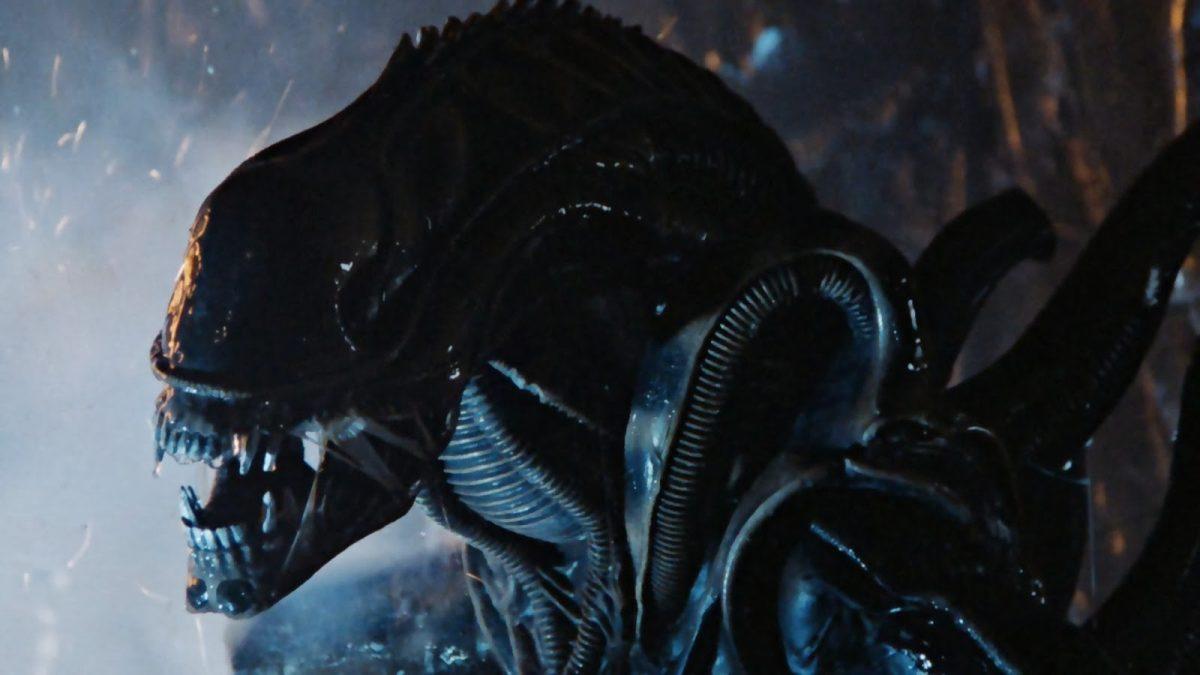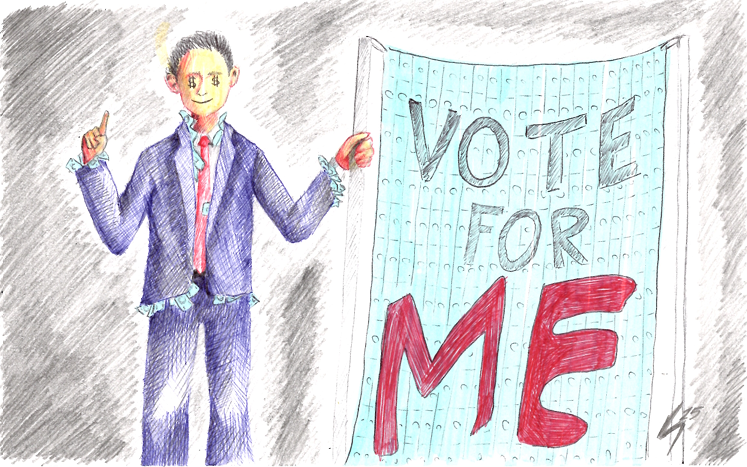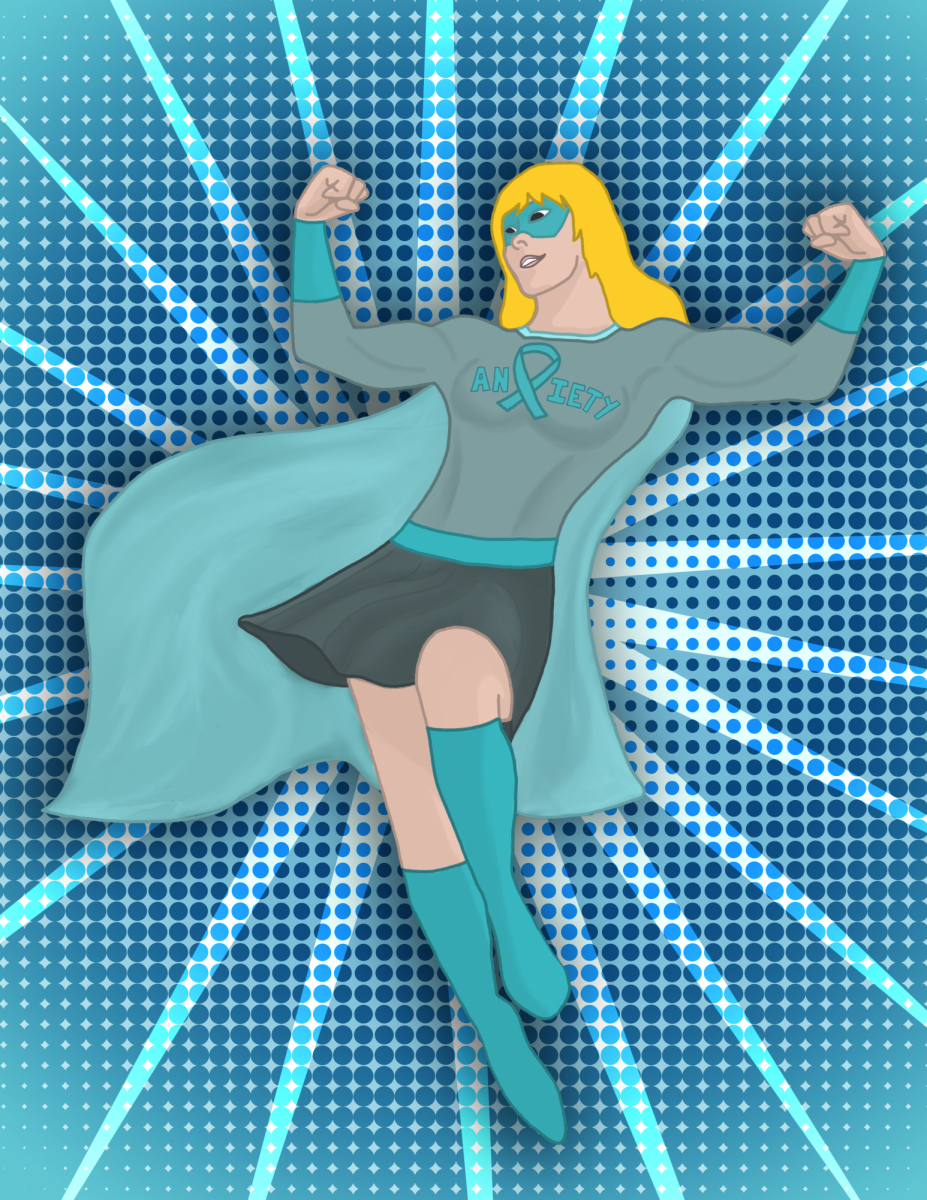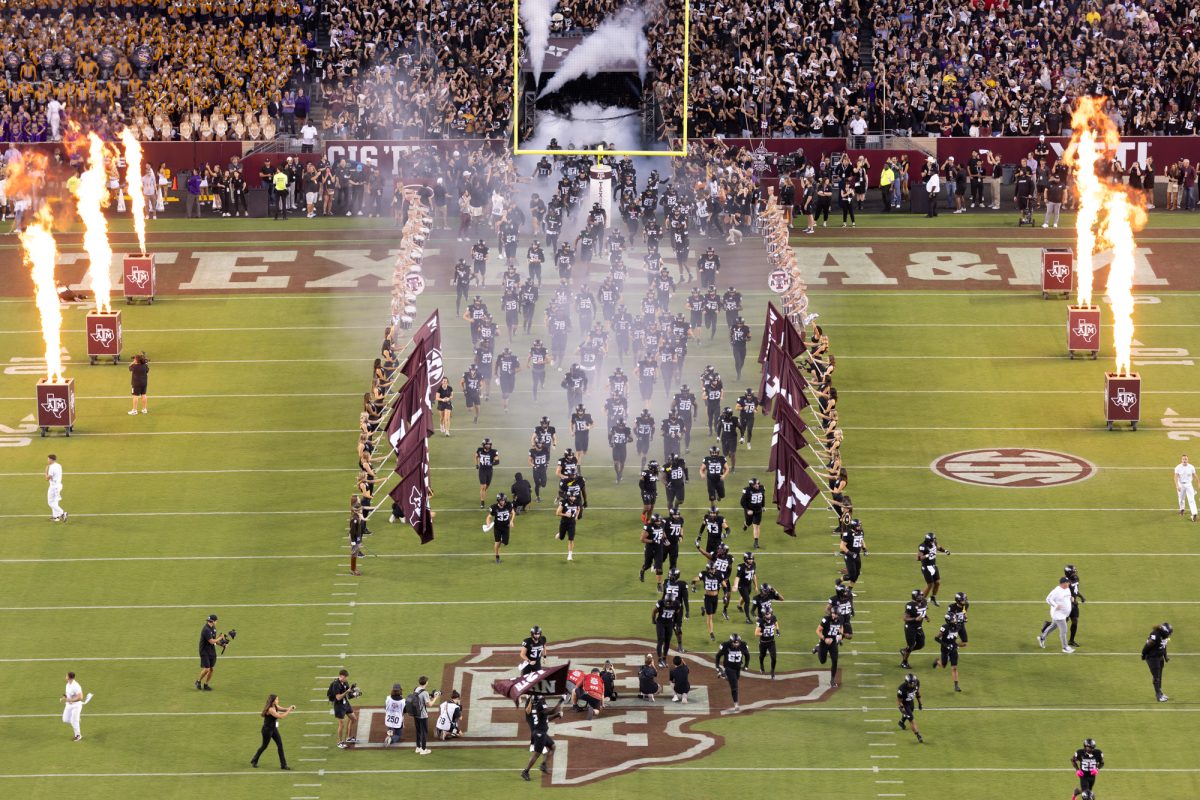October has brought the Halloween season again, and many are looking to celebrate the spooky spirit through films. While some typically imagine dark nights, haunted settings and malicious monsters, Ridley Scott’s 1979 science fiction film “Alien” wouldn’t necessarily come to mind. However, it not only bears all of these attributes of the horror genre, it pieces together many fear-inducing layers that make it into the great horror film it is.
“Alien” is set during the future age of deep space travel where the crew of the cargo cruiser Nostromo is awakened from their cryosleep to a strange distress signal coming from a nearby moon. Upon investigation, a fierce alien lifeform invades their ship and begins to hunt the crew members down.
As with any film meant to evoke fear, it is the presence of the unknown that drives the suspense. The crew does not really understand what they are doing, nor what they have discovered when they come upon the alien ship and its cargo. Then they are faced with an entity they know little about and could be anywhere at any given moment. Furthermore, the audience is rarely given a good view of the monster, which would allow them to fully grasp what it is, and it isn’t until the end of the film that its whole form is seen. This lack of visibility keeps the alien from becoming known, therefore keeping the fear alive.
Scott uses this lack of visibility to evoke fear through the use of, and lack thereof, lighting in the film. Almost every location on screen is cast in shadow, with the few important locations lit up just enough for plot clarity. For a specimen of advanced technology, the Nostromo is curiously dark. This low light hinders the gaze, and prevents viewers from seeing what is really there. Ironically, the flashing lights used toward the end of the film when the Nostromo is nearing self destruction are not a relief. For a mostly dark film, the bright flashes are just too stark of a contrast and are somewhat painful to watch. To protect the eyes from this, one would have to turn away from the screen, which defeats its purpose entirely.
As the genre layers become complexly built, sound induces unease as well. In the film’s score, rapid high-pitched notes on stringed instruments build tension, with bass notes striking heavier, more ominous tones. As well, the sound of the alien’s heartbeat can be heard at the tensest moments in the film. The heartbeat is overlaid in every scene where a crewmember fatefully meets the alien entity. It really gives a more intimate feel to these scenes, drawing the audience more deeply into the events taking place.
Finally, and most terrifying of all, is the aspect of isolation permeating throughout the film. These characters are out in the void of deep space, unable to contact home and beset upon by a fiendish being. This isolation only grows as the crew of the Nostromo is picked off one-by-one. There is no hope for outside help, which is just what Scott wanted to be felt in this film. The marketing team even ran with this concept as well with the tagline, “In space, no one can hear you scream.”
While not your typical Halloween film, “Alien” is a worthy selection to satisfy that horror itch. Whether viewed for the first time or for the hundredth, its frightfully effective design leaves the audience satisfied and appreciative of the film, if a little less keen to check out that bump in the night.
How ‘Alien’ works as horror
October 27, 2020
Photo by Creative Commons
Ridley Scott’s “Alien” was released on May 25, 1979.
0
Donate to The Battalion
$1765
$5000
Contributed
Our Goal
Your donation will support the student journalists of Texas A&M University - College Station. Your contribution will allow us to purchase equipment and cover our annual website hosting costs, in addition to paying freelance staffers for their work, travel costs for coverage and more!
More to Discover
















